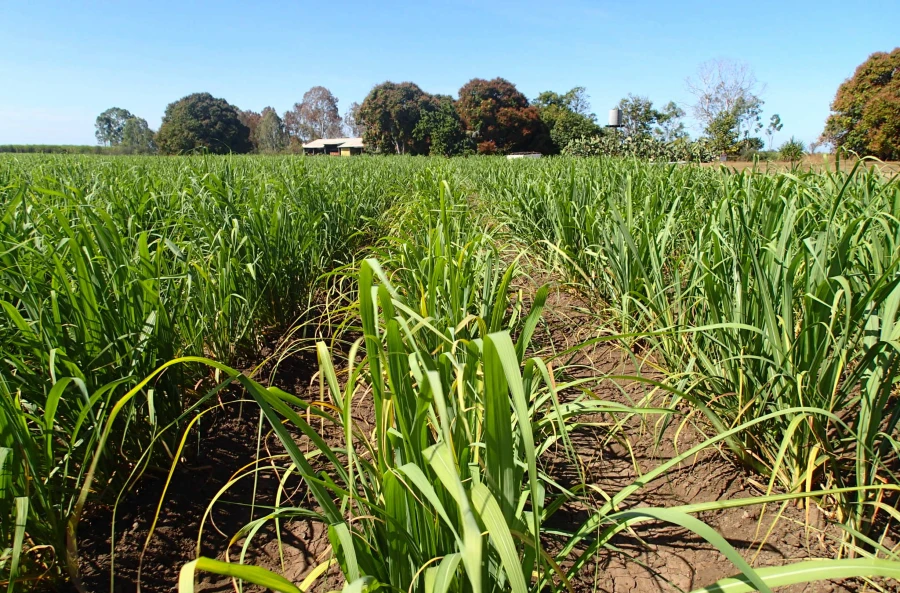First Comprehensive Reference Genome for Sugarcane Completed

Researchers have achieved a significant breakthrough in agricultural biotechnology with the completion of the first comprehensive reference genome for ‘R570’, a widely cultivated modern sugarcane hybrid. This milestone holds promise for revolutionizing breeding programs worldwide for this crucial bioenergy and food crop.
Despite its economic importance, sugarcane has been one of the last major crops to have its genome fully sequenced, owing to its complexity. With a genome nearly three times the size of humans’ and over 100 chromosomes, deciphering its genetic blueprint presented formidable challenges.
Driven by an international research consortium comprising Australia’s national science agency CSIRO, The University of Queensland (UQ), and Sugar Research Australia, this breakthrough opens doors to a new era in sugarcane breeding. Principal Investigator Dr. Karen Aitken of CSIRO emphasized the significance of tapping into previously inaccessible genetic information, addressing critical challenges such as stagnating sugar yields.
“This is a major step forward for sugarcane research,” Dr. Aitken stated. “It will improve our understanding of complex traits like yield, adaptation to diverse environmental conditions, and disease resistance.”
Don’t miss out! Subscribe to our newsletter for the latest content straight to your inbox, or register for FREE to gain full access.
The completion of the genome represents a decade-long collaborative effort among scientists worldwide, underscoring its monumental scientific achievement. Co-author Professor Robert Henry of UQ’s ARC Research Hub for Engineering Plants to Replace Fossil Carbon expressed aspirations to leverage the genome for producing sugarcane as a superior raw material for renewable carbon products, including sustainable aviation fuel.
Dr. Nathalie Piperidis, a cytogeneticist at Sugar Research Australia, emphasized the profound impact of this achievement on the global sugarcane community, particularly in advancing molecular breeding techniques.
“Not only does it hold the promise of enhancing our understanding of this amazing and beloved crop,” Dr. Piperidis remarked, “but it will also offer unprecedented ways to advance breeding techniques within the Australian sugarcane industry to produce a range of renewable and commercially viable products.”
Funded by the Joint Genome Institute (USA) through the US Department of Energy community sequencing program, the research paper titled ‘The complex polyploid genome architecture of sugarcane‘ has been published in Nature. Open access to the sequence is facilitated via the Plant Comparative Genomics portal of the Department of Energy’s Joint Genome Institute, providing a centralized platform for the broader plant science community to access, visualize, and analyze the sugarcane genome sequence.
(Image: CSIRO)


Responses